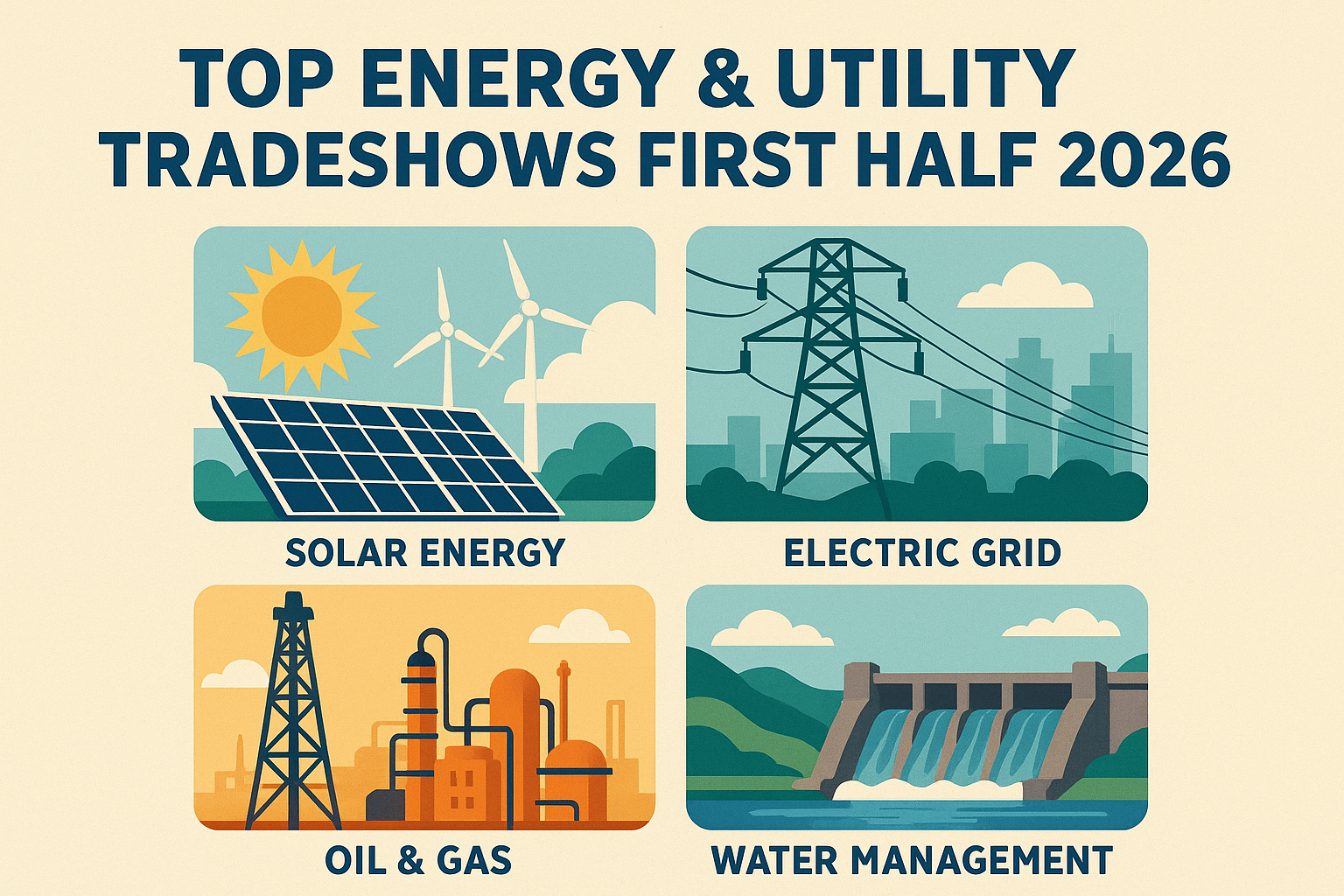In the last five months, probably because of the current economic climate, the life of SDR managers and SDRs have become more challenging than ever.
For instance, until last year, we saw many newer companies getting funded fairly easily. Salespeople could close deals leveraging relationships even if their customers didn’t have a pressing need for the product being sold to them.
Not anymore.
As the layoffs are finally consolidating, one thing is very evident. The market we currently live in has come down to survival of the fittest. Every dollar spent is being carefully budgeted for. So as a seller, you need to be on top of your sales game.
You need to know:
?Whom to sell to
?Is your product a must-have for them?
?Their biggest pain
?Their current priorities, and more.
But in reality, when push comes to shove, there are two key pains:
a) How do SDR managers identify the right accounts to be assigned to sales development reps (SDRs)?
b) How can you maximize your reps’ selling time?
And through this blog post, we show you a new, repeatable, reliable way to solve both these pains so that even with the same effect your team has today, you can create at least 20% more pipeline.
Your account selection process might be holding you back
As a sales manager, you want your SDRs to have a high meeting booking rate, thereby hitting quota. Therefore you want your SDRs to spend every minute with the right prospects for whom your product is a great fit.
You want them to reach out to the right accounts at the right time and with the right hook.
The magic word is ‘right accounts.’
Your primary responsibility is identifying the right fit accounts that might be in the buying cycle and assigning them to SDRs for outreach. Then you track their performance on booking sales discovery or demo meetings and coaching them as necessary.
But identifying the right accounts is no easy task, as there are often thousands of potential accounts. And what’s more challenging is—on what basis do they prioritize accounts?
The traditional way has been to manually sift through spreadsheets and sort them by revenue, employee count, and geography.
Over the last few years, many sales organizations have relied on data enrichment tools like Apollo or Clearbit or intent data platforms like Bambora. However, the sad reality is that most enrichment tools can’t help if your target accounts are not tech businesses.
And if you’ve ever invested in intent data, you probably know that 90-95% of that data isn’t reliable or usable. For instance, you know that someone researching or interested in a topic relevant to your product doesn’t mean they’re ready to engage in a sales cycle.
Don’t get me wrong, both data enrichment and intent data are very useful in figuring out behavior throughout the buyer journey stages or referencing certain topics in your outreach.
But relying entirely on intent data can send you down a path of prioritizing the wrong accounts and wasting your reps’ time.
The fact of the matter is that no single source will help you identify the accounts that are potentially in the buying cycle.
Signals to identify accounts that are ready to buy
Most enrichment and intent data are derived from secondary information sources that are often static and not updated regularly. You need to look for stronger buying signals than just intent data.
You need to look for signals contextual to your list’s accounts. You might want to base the signals on the nature of the business, growth indicators in the context of their business, and more.
Book a demo to see howSome signals that indicate accounts exhibiting potential buying behavior include:
Pain indicators
If your product solves a particular customer’s pain, you might want to look for signals indicating the pain you solve. For example, if you sell a customer help desk software or a live chat tool, you might want to look for accounts hiring for customer support roles. You might also want to look for publicly available data about escalations that you can highlight in your outreach.
Budget and resource allocation
Several organizations publicly announce their new project plans, mergers and acquisitions, and large upcoming initiatives. These are often found in their blogs, press releases or job postings. Accounts actively funding new projects are more likely to buy than those passively researching.
Presence of specific decision-makers
Sometimes the strategic focus you’re looking for in accounts can be embodied in the form of key people in positions of authority to make those bets. The information these decision-makers share on social media, focused communities, or industry forums adds the next level of potential interest.
Investment in adjacent technologies
Technology investments made by accounts can be a huge potential advantage. For example, let’s say you sell email automation software, and you’re targeting companies that have invested in a CRM. Wouldn’t it be helpful to know what CRM the company uses?
Case in point—intent data generally refers to only one of the signals you should be looking for. But imagine if you could do a lookup of all the accounts that meet your pain, budget, decision maker and adjacent technology criteria.
True account intent comes from using all of these buying signals to prioritize accounts to go after, so that your SDRs drive a higher-quality pipeline and book more demo meetings.
But how to get account intent at scale?
While you can manually research and get account intelligence, the harsh reality is you are under pressure to create a strong pipeline and want your team to hit quota in a limited time.
So you are constantly asking yourself:
- How do I identify the right accounts with buying intent at scale and assign them to reps?
- How do I automate account insights so that reps need to spend researching but rather focus on outreach and booking meetings?
This is where using B2Brain can make an impact right away.
You don’t have to spend hours doing account research on Google and LinkedIn. The platform automates the time-consuming and complex process of identifying and prioritizing potential customers, thus freeing up your time to focus on coaching your sales team to improve the deal closure rate.
You just need to upload your target accounts list that you might have in a spreadsheet and select the key signals and locations based on which you want to prioritize those accounts. That’s it! No more spending hours switching between multiple tabs and updating your sheet with account insights.
B2Brain uses machine learning algorithms to process vast amounts of unstructured publicly available data about your target accounts. It ingests information from multiple data sources, including news, blogs, articles, financial reports, and social media.
This allows the platform to uncover a wide range of trigger events, strategic shifts, and changes within those target accounts and gives you a report on those accounts, prioritizing them based on their buying intent.
Now, you need to assign the prioritized accounts to your SDRs and start tracking progress.
You might be thinking:
All this is good, but the SDRs still need manual research to better understand their accounts and develop a relevant pitch for each account.
When you have a small SDR team and are not dealing with more than 5-10 accounts at any given time, they can do their account research and gather insights manually. In all fairness, human efforts will definitely be more focused and better than AI at that point.
From our experience, SDRs often spend one day a week researching to gather account insights that’ll help in outreach for the rest of the week.
So that effectively means you’re losing 8 hours/week that could otherwise be productively spent selling.
And as you expand your team and have 5-10 reps handling 50+ accounts on average, manually gathering account intelligence is almost impossible.
Have you read these?
Let’s say you’re assigned the account 7-Eleven to your SDR.
Now, to arrive at the right pitch, your SDRs typically will have to research the following:
- What are they trying to achieve?
- Who are the key people at 7-Eleven that I should be engaging?
- How does my product or service fit into their scenario?
- What value can we add, and a lot more.
So your SDRs might spend time in:
- Talking to 7-Eleven employees on social media or forums to understand their priorities
- Reading their annual report and other financial statements
- Possibly attending industry events where 7-Eleven executives are speaking.
Can your SDRs do this for all the 300 accounts assigned to them?
This is where B2Brain is a real game changer.
You don’t need to lose time in research or frequently switch contexts or do any grunt work. B2Brain covers all your hard yards and delivers the Account Intel and Talking Points you need for your outreach.
And as a sales rep living and breathing the CRM, you don’t have to leave your CRM to get the account intelligence you need.
What does all this mean to you as a sales manager?
Given the economic times we live in, you want your team to build a strong pipeline and hit quota with higher efficiency. And that means you want your SDRs to reach out to the right accounts that are potentially ready to buy.
From an account perspective, being ‘ready to buy’ means when the problem is big enough, they’re willing to throw money at it to get it fixed. The factors that exhibit account intent are spread across various sources. The SDRs then need to use that information and find a way to establish relevance with your product or service.
With B2Brain, prioritizing the right accounts based on account intent is just a matter of a few clicks. And for SDRs, automating research and getting talking points in their workflow means saving at least 1 day of research every week, which gives them back the time to focus on prospecting and outreach.
Handy and contextual talking points for each account mean better SDR effectiveness.
Better engagement with prospects => more pipeline.
So that means you don’t need to lose a day in prospecting and outreach. You can sell 5 days a week. And even with the same effectiveness you have today, the streamlined productivity can add 20% more pipeline.
And because sales managers will now have more time to focus on sales coaching, the 20% increase in the pipeline is just a starting point.
Summing up…
We all have pipeline pressures and are always running against new competitors every week. While you will have your product differentiation and unique point of view to stand out from the competition, you also have to continuously level up on productivity and efficiency.
Don’t let efficiency be the reason for low outreach to opportunity conversion rates. You need all the inputs you can get to close more deals faster.
Want a sneak peek into your experience with Account Intent? Check out this video:
Have specific questions on how account intent and insights can help your use case? Let’s talk!




